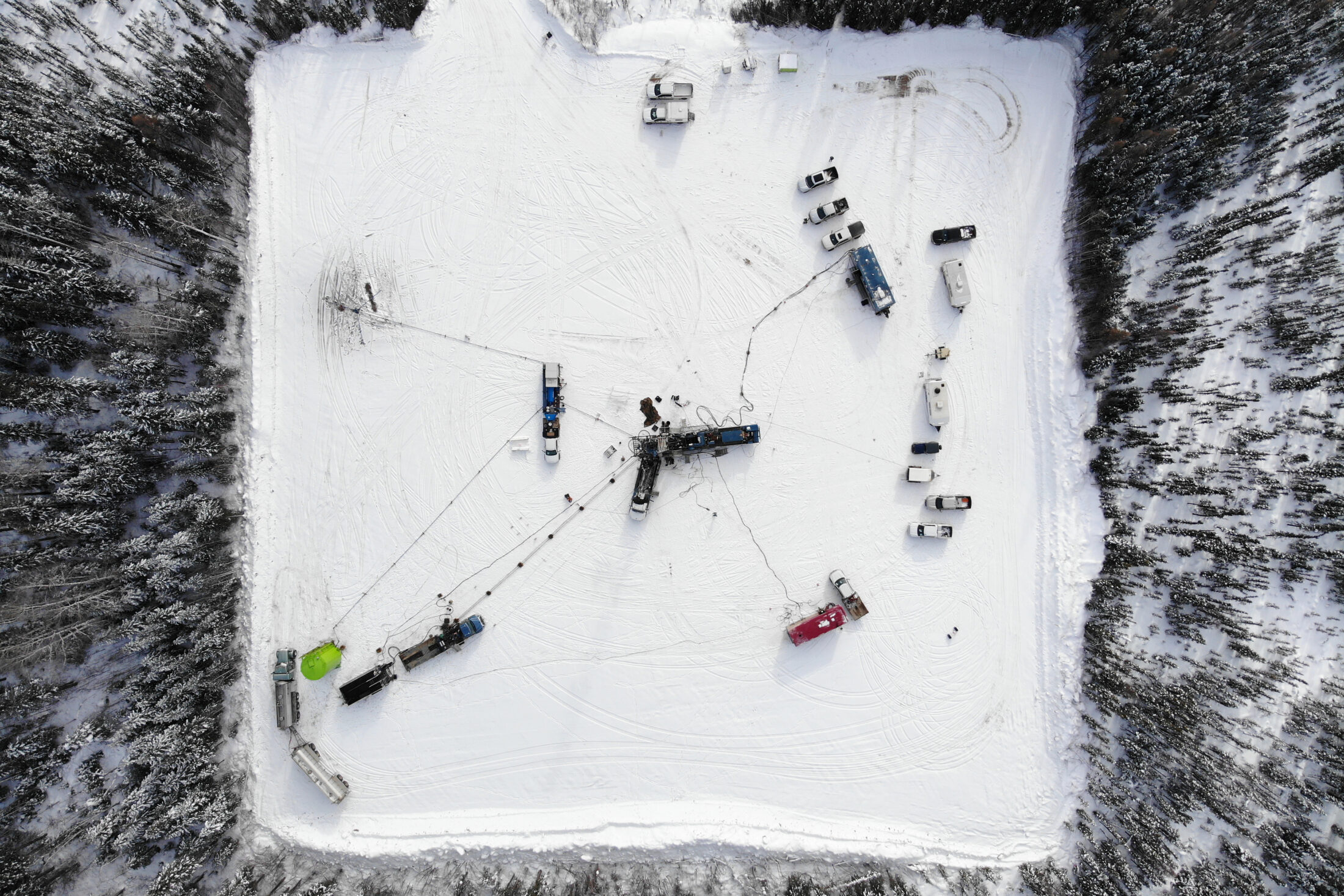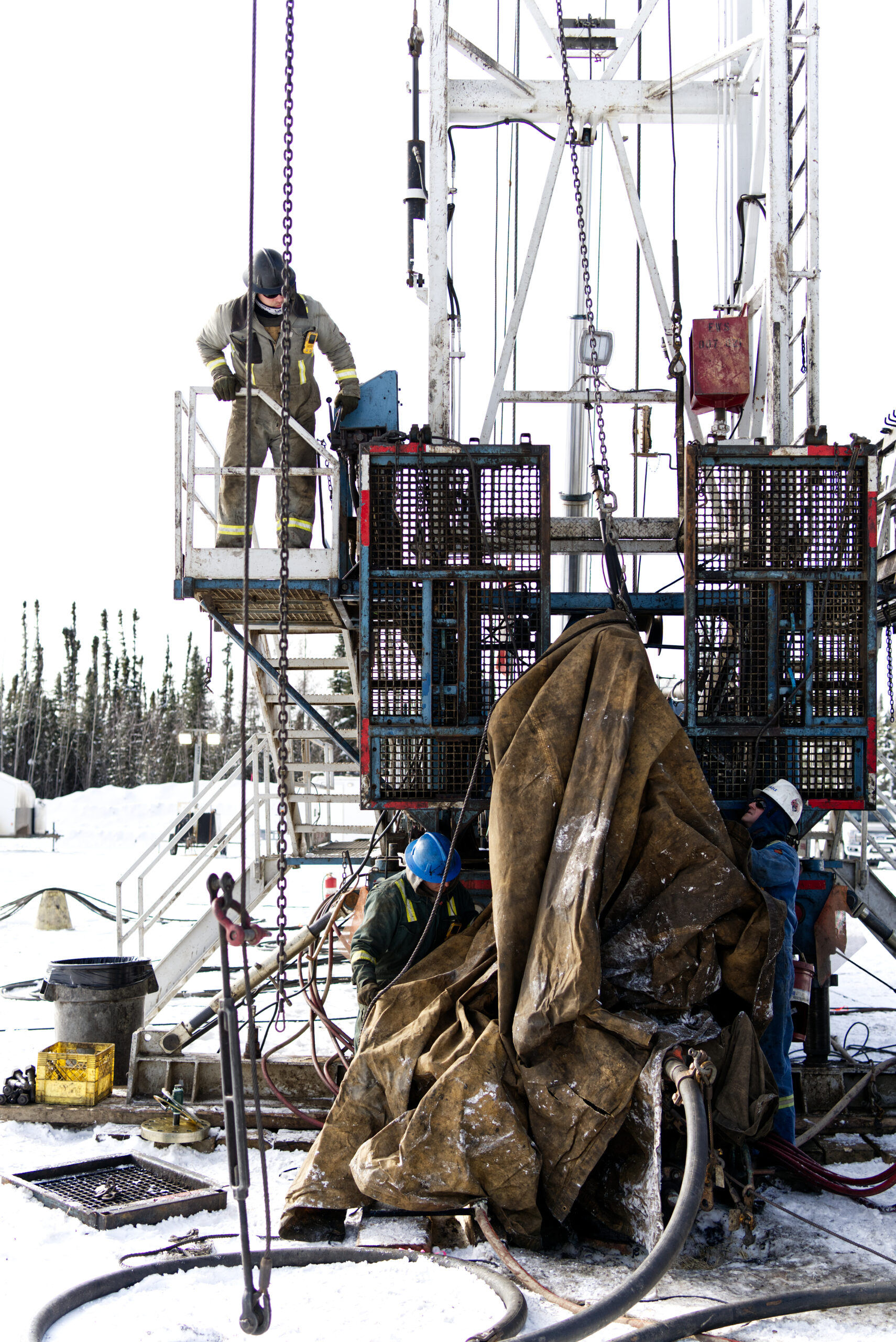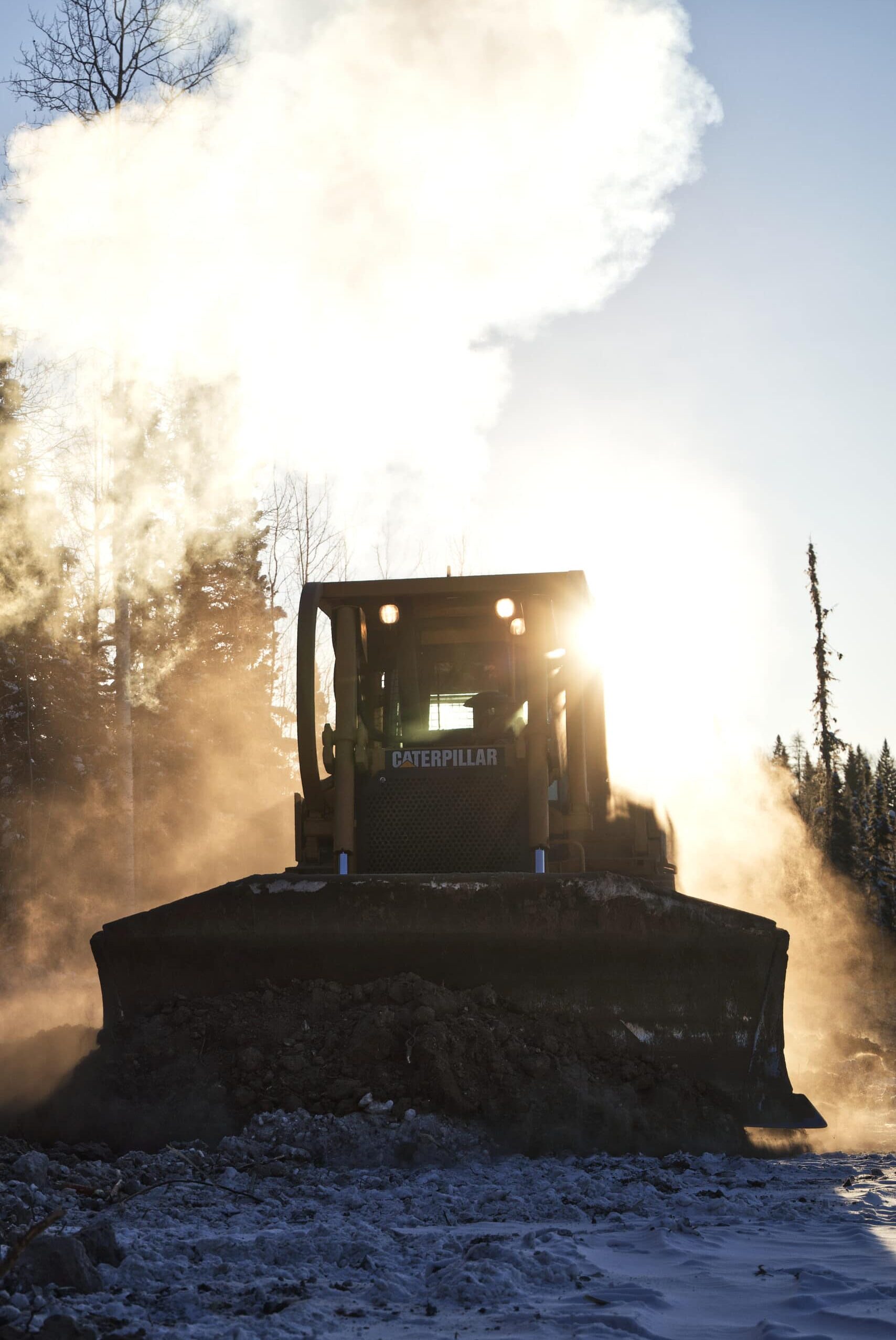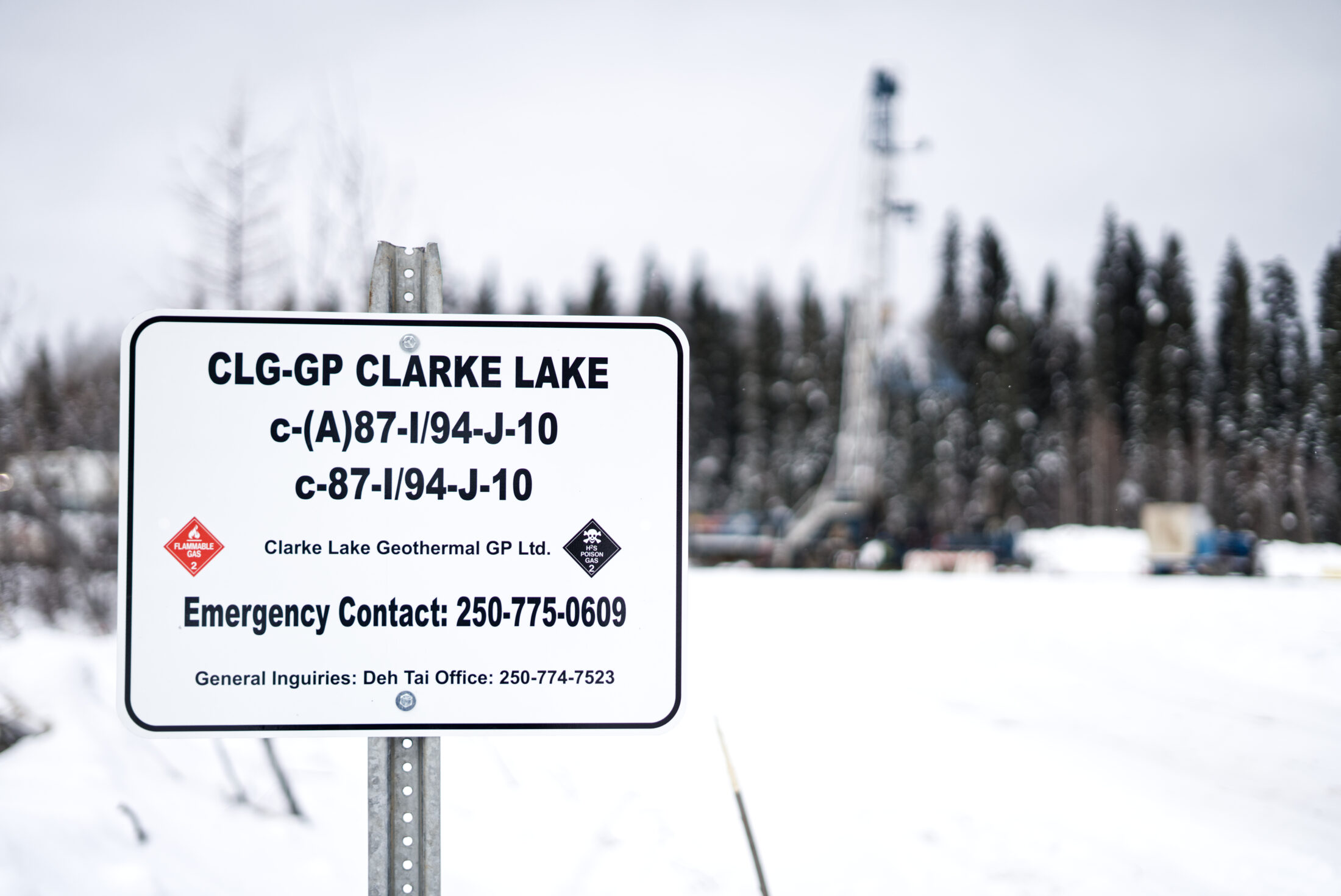
B.C. Supreme Court rules logging company can’t claim financial losses due to conservation
Forestry giant Teal sued for $75 million in compensation after old-growth trees on Haida Gwaii...
The Fort Nelson First Nation is moving forward with one of Canada’s first geothermal electricity facilities after the federal government announced on Friday that it will invest $40.5 million into the Clarke Lake Geothermal Project.
The project will transform a natural gas field nearing depletion in northeastern B.C. into a source of renewable energy for remote communities.
“Today is a pinnacle of years of hope and dreams and especially all the hard work that we’ve put into this project,” Fort Nelson First Nation Chief Sharleen Gale said during an online media event.
“We’ve experienced a downturn in forestry and [natural] gas and the pandemic has served to compound those struggles,” said Gale, who is also the chair of the nation’s development corporation, Deh Tai LP. “I believe this project will act as a catalyst for our nation’s economy and for the entire Northern Rockies region.”
Read More: Fort Nelson First Nation lands permit to transform aging gas field into geothermal energy project
The Clarke Lake project is expected to produce 15 megawatts of clean electricity, enough to power up to 14,000 homes.
Electricity in Fort Nelson is currently generated from natural gas or imported from Alberta, where fossil fuels remain a dominant source of power. By switching to geothermal, the project will reduce annual greenhouse gas emissions by more than 25,000 tonnes, the equivalent of taking 5,000 cars off the road, according to a federal government release.
“Our Elders constantly remind us that our future is directly tied to our land and the ability to sustain future generations depends on how we manage the land and our resources today,” Gale said. “The Clarke Lake geothermal project puts us on a path that we can feel confident in.”
The project is expected to be completed by 2024. Next steps involve deepening an existing gas well to roughly between 610 metres and 760 metres and developing a new geothermal production well. Test results from the wells will be available by the end of August.

An aerial view of the Clark Lake site which is being transformed from a natural gas well pad to a geothermal drill site. Photo: Ryan Dickie
While Fort Nelson First Nation’s project could be among the first in Canada to start generating electricity from geothermal energy, research shows there’s considerable geothermal potential elsewhere in the country. As the country strives to reduce greenhouse gas emissions, interest in generating electricity from the energy stored in hot rocks and water underground is growing.
Under the right conditions, that water, or brine, can be drawn to the surface through a well where heat energy can be extracted and either transformed into electricity at a power plant or used as direct heat to warm buildings.
“As part of a diverse grid with other resources like wind and solar, [geothermal] can play an important role in decarbonizing the electricity sector,” Sara Hastings-Simon, a research fellow at the University of Calgary’s School of Public Policy and senior research associate at the Payne Institute for Public Policy at the Colorado School of Mines said.
While geothermal can offer a constant stream of reliable power, making it attractive as a source of baseload power, it can also be controlled, meaning power plant operators can choose when to send geothermal electricity to the grid depending on demand and the other sources of power available.
But the industry is still “very much under development” in Canada, Hastings-Simon said, and proponents have faced considerable challenges trying to get projects off the ground in the past.
Read more: Why Canada’s geothermal industry is finally gaining ground
Canada’s experience with oil and gas drilling can be both a benefit and a barrier to geothermal development.
Geothermal offers an attractive zero-emissions source of energy and can be a supply of constant electricity which, unlike solar or wind energy, doesn’t rely on external factors like the weather. But the upfront costs of drilling for geothermal can be high and the returns can be much lower than for oil and gas.
“When, for example, oil and gas prices are high, that in a way actually slows down development of geothermal resources because the business case for going after the oil and gas is just stronger,” Hastings-Simon said.

Workers plug and cap a natural gas well at the Clark Lake site in preparation for a new geothermal well. Photo: Ryan Dickie

A bulldozer is used to expand the Clark Lake site in preparation for geothermal development on February 11, 2021. Photo: Ryan Dickie
“The oil and gas industry really becomes a competitor for people and equipment and investors during those boom periods,” she said.
That competition has been stiff in Alberta, according to Catherine Hickson, vice-president of Geothermal Canada, an organization that promotes geothermal research and development.
Geothermal wells, which tend to be deeper and wider than oil and gas wells, are expensive to drill and there’s no revenue to be generated until the whole power plant comes online, she explained.
With lower oil prices, the competition between oil and gas and geothermal may not be as much of an issue going forward, Hastings-Simon said, noting that the oil and gas industry isn’t likely to see a long-term return to boom prices.
With more players in the oil and gas sector “looking for what comes next,” Hastings-Simon said she thinks “we might see more sustained attention on geothermal opportunities.”
Governments in Canada have also signalled their interest in developing a geothermal industry, she said, as evidenced by new legislative frameworks, such as Alberta’s Geothermal Resource Development Act, which help create certainty for businesses looking to develop or invest in geothermal projects, as well as direct funding for geothermal projects, such as the Clarke Lake project.
“All new industries … require governments to take a role early on in de-risking and supporting projects … before investors are really willing to put money into these projects,” Hastings-Simon said.
While there’s still uncertainty about how quickly geothermal energy will roll out across the country, Hastings-Simon said “a lot of the pieces that were missing are starting to align.”

New signage was recently installed to note the Clark Lake site’s transformation into a geothermal project. Photo: Ryan Dickie
In Alberta though, Hickson — who is also chief executive officer of Alberta No. 1, a geothermal power and direct heating project south of Grande Prairie, Alta. — said a lack of financial support from the provincial government has left geothermal proponents hustling to bolster the economic case for their projects to attract investment.
“What we’ve been looking at is what can we add on to a geothermal project in Alberta specifically to make it commercially viable,” she said.
Alongside using the heat and creating electricity, there may also be opportunity to extract minerals from the brine that is pumped from deep below the surface of the earth, including potentially lithium, which is used in rechargeable batteries, Hickson explained.
The brine that has been pumped to the surface to produce electricity is eventually returned to the reservoir underground through a reinjection well and Hickson said there may also be opportunities to use those injection wells to store carbon deep underground.
“Carbon sequestration is going to be incredibly important for Alberta if it wants to get to net zero,” Hickson said.
The Alberta government has signalled growing interest in geothermal. Alongside introducing a new legislative framework for geothermal last year, the government committed $28 million toward geothermal resource development and a mineral strategy in its 2021 budget.
While direct government funding for projects is effective particularly when an industry is in the early stages of development, Hastings-Simon said it’s not the only way governments can provide support.
As the industry starts to scale up, governments could also offer loan guarantees, she said.
In that way, “governments can use their position to provide more certainty to investors to make them more comfortable putting funding into projects without having to necessarily pay the majority of the cost directly,” she explained.
During Friday’s media event, Natural Resources Canada Minister Seamus O’Regan indicated the federal government is open to funding more geothermal projects.
“How we produce energy for tomorrow will go a long way in determining how we tackle an urgent climate crisis today and how we get to net-zero emissions by 2050,” he said,
In the meantime, communities or companies interested in developing geothermal energy can look to the Fort Nelson First Nation as it moves forward on its Clarke Lake project.
“It will serve as a model for other geothermal facilities across the country, particularly in the north and rural communities,” O’Regan said.
Content for Apple News or Article only Get the inside scoop on The Narwhal’s environment and climate reporting by signing up for our free newsletter. This...
Continue reading
Forestry giant Teal sued for $75 million in compensation after old-growth trees on Haida Gwaii...

An Alberta government-commissioned report suggests oil and gas site companies may be able to install...

This story about a lawsuit involving First Nations in northern Ontario has deep roots — in...

